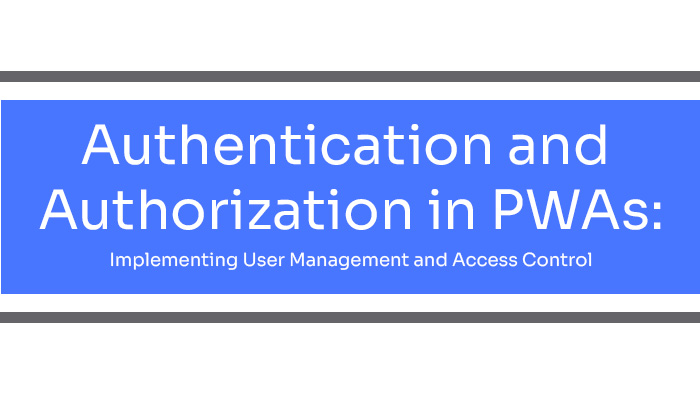
Authentication and Authorization in PWAs: Implementing User Management and Access Control
Authentication and authorization are crucial aspects of Progressive Web Applications (PWAs), ensuring secure user management and access control. In order to enhance the security and privacy of PWAs, it is imperative to implement robust mechanisms for: – User authentication – Registration – Login functionality – Role-based permissions – Data protection – Session management – Logout handling – Audit logging. This article aims to explore the significance of authentication and authorization in PWAs while providing insights into effective strategies for implementing user management and access control features. Key Takeaways Authentication and authorization are crucial in PWAs to ensure secure access to resources and protect user data. Role-Based Access Control (RBAC) is beneficial in PWA security as it allows for granular control over user permissions and reduces the risk of unauthorized access. User management best practices in PWAs include implementing user registration and login functionality, managing user roles and permissions, and securing user data. Access control measures in PWAs should include the assignment of permissions, managing user